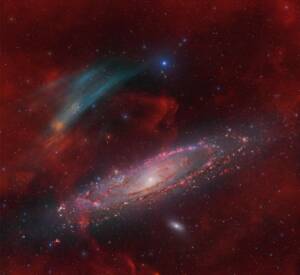
Discovery of the M31 [OIII] emission arc
Recently, a major discovery by an international team of amateur astronomers and scientists has become a huge online hit, and this new discovery is just located in one of the

Hello Kamil, thanks for accepting our interview invitation. Congratulations on winning the ASIWEEK competition in week #28/2024!
Thank you for this award, it made me very happy. My name is Kamil Fiedosiuk, I am 39 years old and I live in Gdansk, Poland. I work as a manager in a telecommunications company and also run my own business.
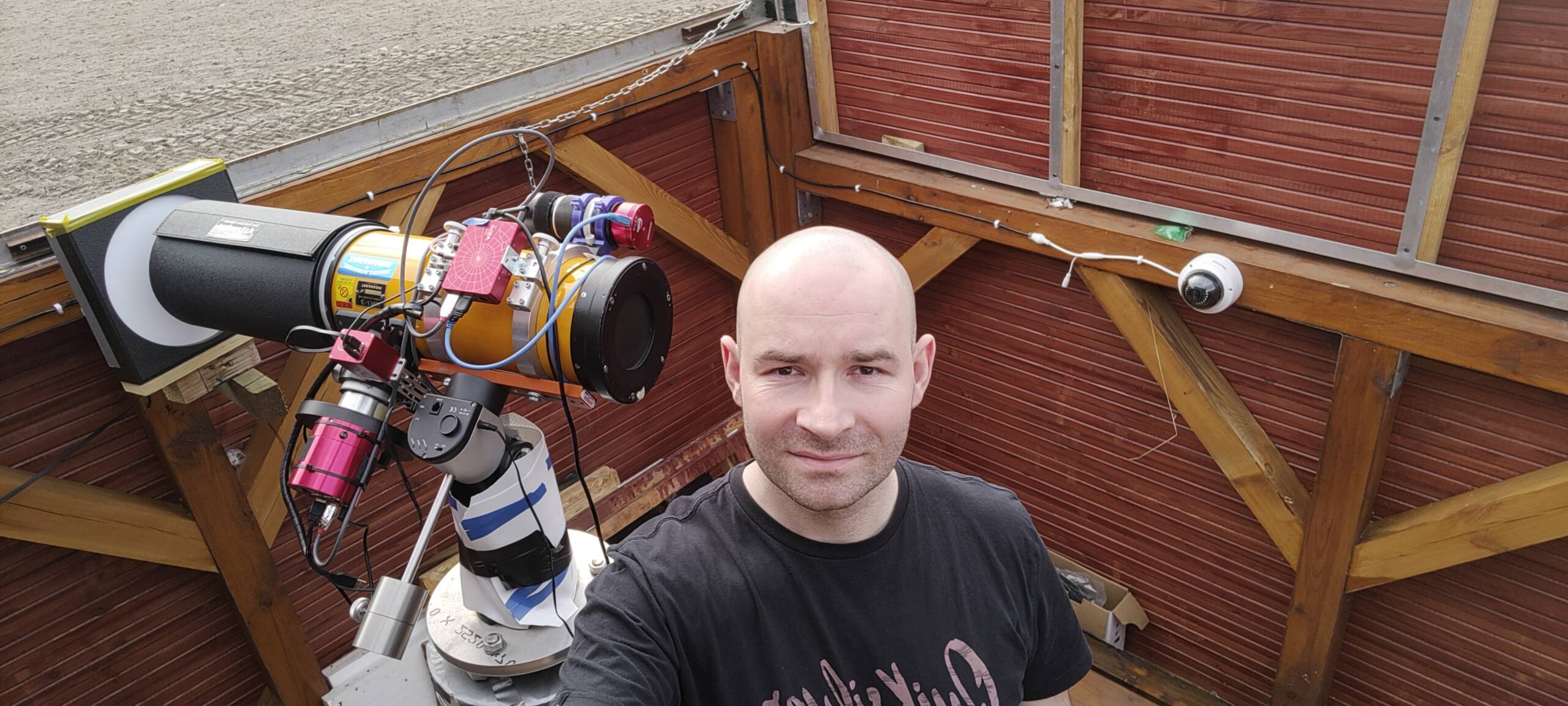
My first contact with astronomy was very late. It was in 2018. At the time, I tried to photograph the Milky Way with a DSLR camera on a tripod. The Milky Way was visible in the photos, but the results were very far from those I saw in the reference photos.
At that time I saw nothing about astrophotography, including how to use the astronomical night, how to look for dark skies. These were the typical problems of a person who decided to take a photo of the cosmos in an instant. I didn’t know the most fundamental issues like image scale, pixel size, magnification, etc.
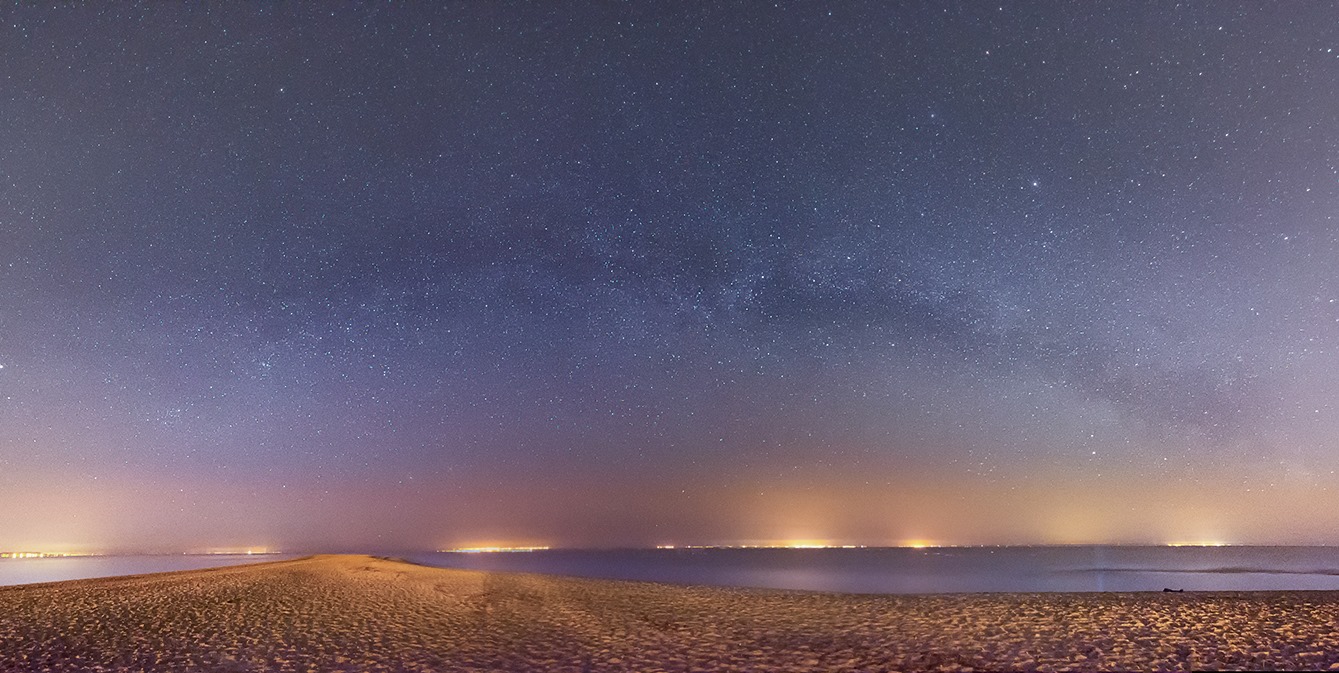
I then asked for help on the forum from a person who had a remarkable track record when it came to imaging the solar system, but also the deep sky. A colleague suggested I join him, as he happened to be going to my area for astronomical observations and photography.
I had a lot of questions for him and he answered them all. I didn’t remember or understand much of it at the time, but I decided to explore all these “secrets”.
It was also then that I looked through a telescope for the first time in my life. It was an apochromatic refractor with an aperture of 65mm. I watched the Moon, Jupiter and Saturn. The view delighted me, it was great to observe these objects. Several years have passed since then, and I still remember the view very well.
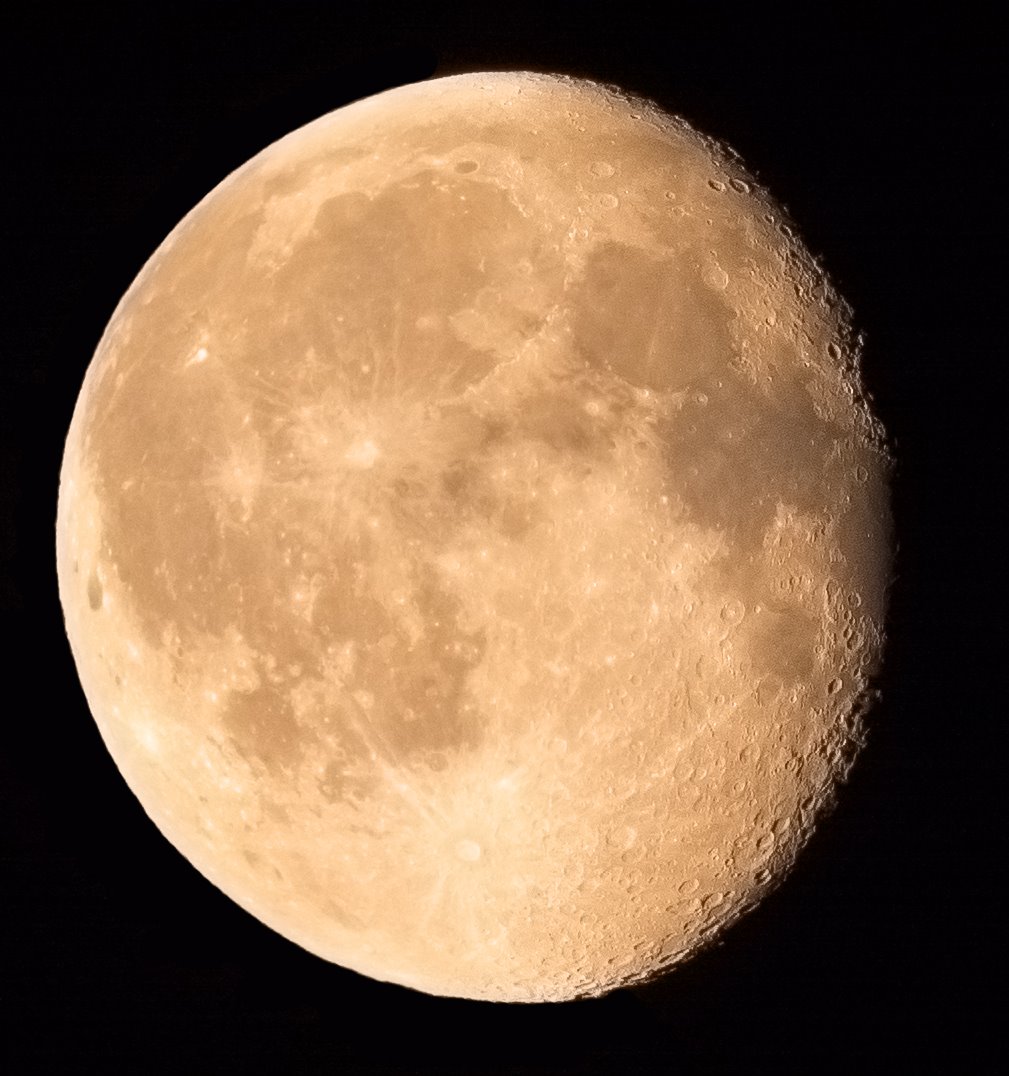
I decided to assemble my first setup and in 2019 we went to La Palma. The weather in Poland did not allow me to do any tests. I improvised on the spot. It’s a shame, because if I had been able to and knew then as much as I do now, I would have brought back much better photographs.
In the meantime, I built a target setup, which I still use today. In mid-2021, a colleague and I started building our own roll-off observatory 100km away. I installed the setup in January 2023 and spent a full year acquiring images. It was only this year that I was able to prepare most of the photographs, and it required me to completely change the techniques I had used so far.
Although I have already taken some photos that I am very happy with, I still feel like a novice, to only a few years of seniority!
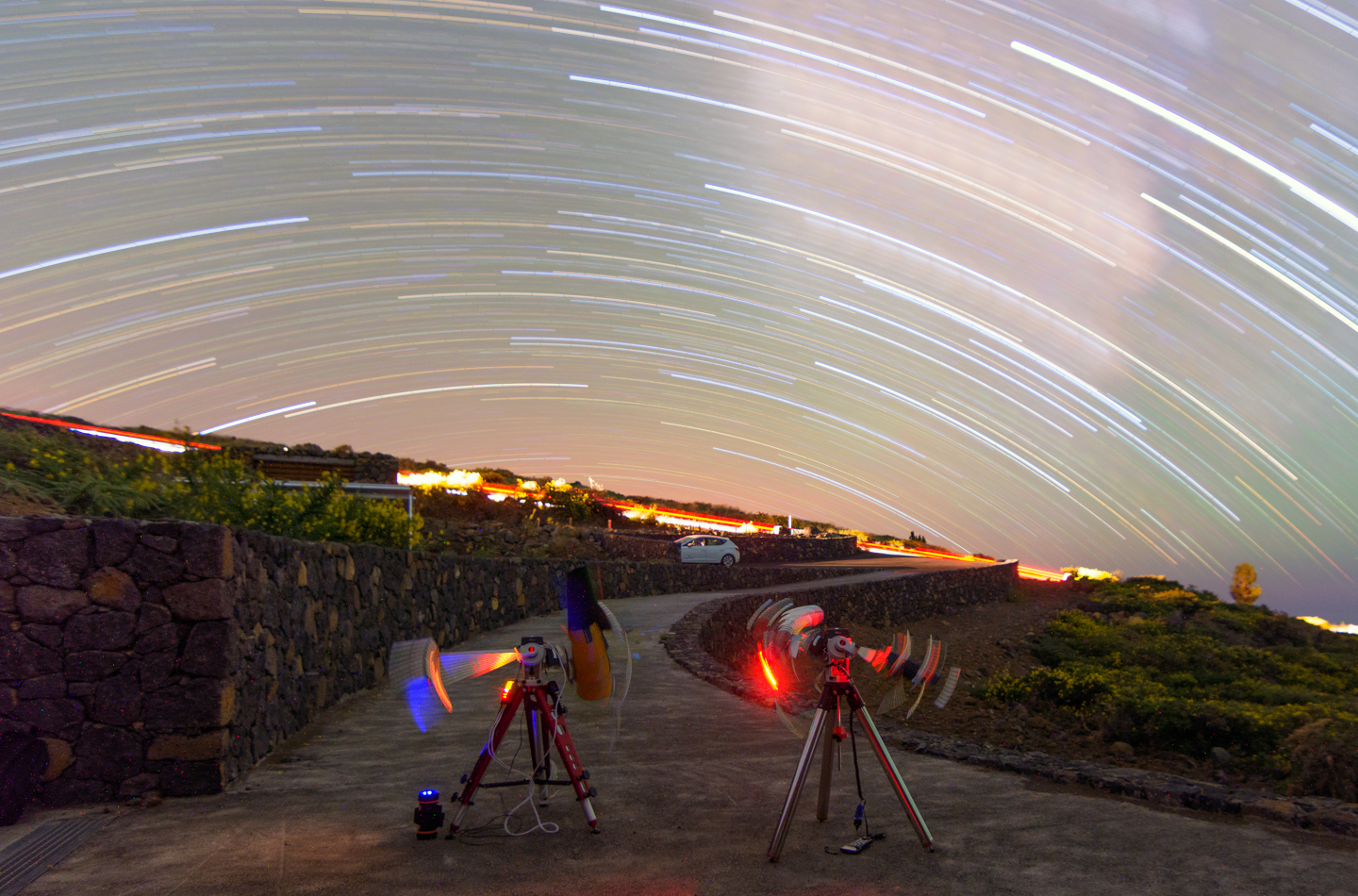
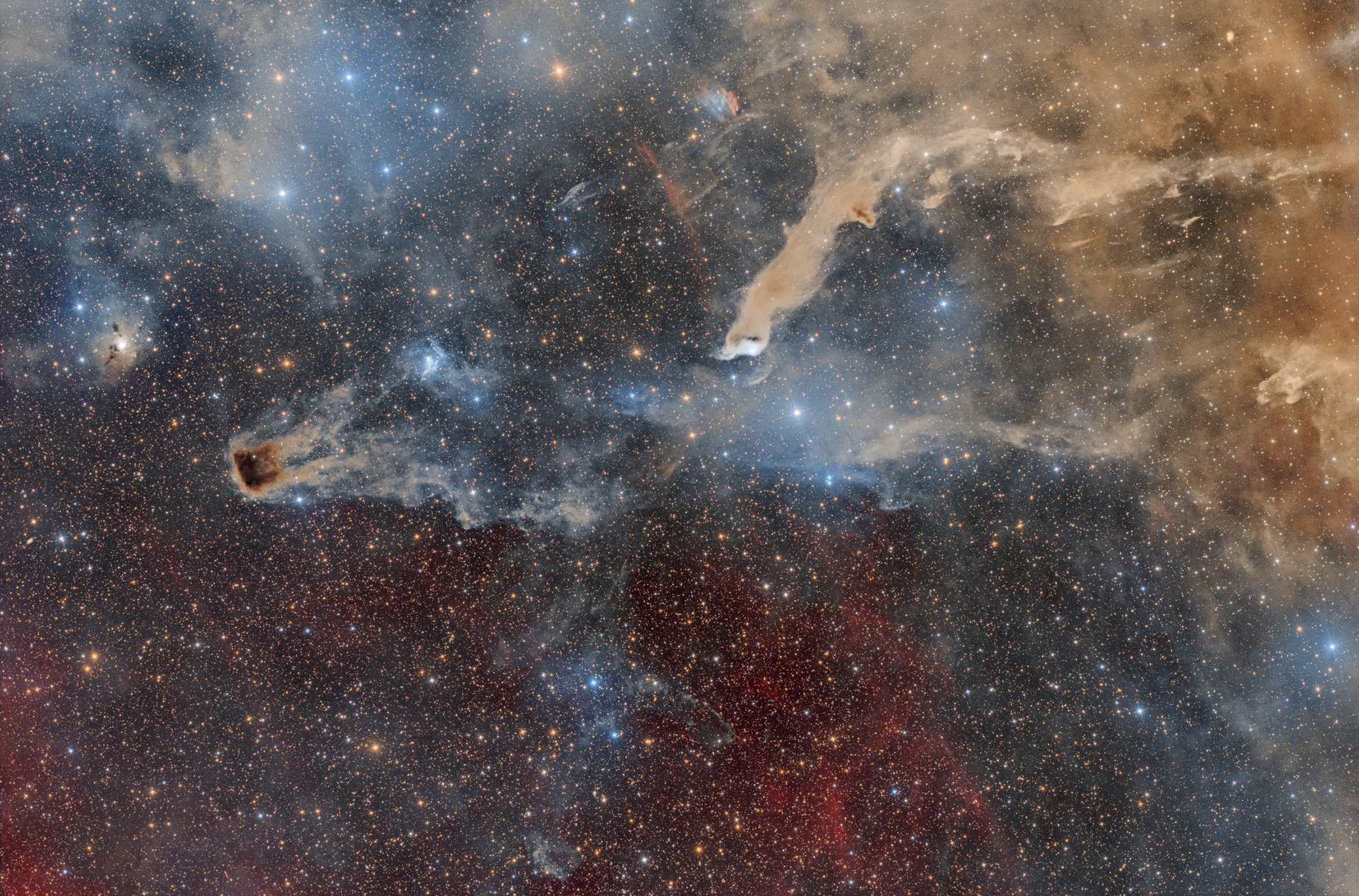
The photo of LDN1221 in Cepheus was probably the first one I saw on Astrobin. It made me curious because I hadn’t seen it before, and I also couldn’t find a photograph taken in Poland. And I like to reach for such rarely photographed regions, especially when they belong to the LDN/LBN catalog.
I framed in such a way that the nebula gives the impression of a flying bullet that leaves its tail behind.
The photo acquisition took place under difficult conditions. Clouds passed by very often, in addition, on single frames I saw faint nebulae, which are illuminated by the surrounding stars. I interpreted this as a halo from cirrus, which effectively discouraged me from processing the photo. I used 29 of the 40 hours of images. Plus 5 hours of OIII signal (duoband filter) to boost the signal of the small DeHt5 object.
The setup I am currently using is a Takahashi e130D telescope, Rainbowastro RST-135 mount, ASI2400 color camera. The guiding camera is an ASI462MC connected to an old Panagor 135mm F2.8 lens. I control the sessions with Asiair Plus and EAF.
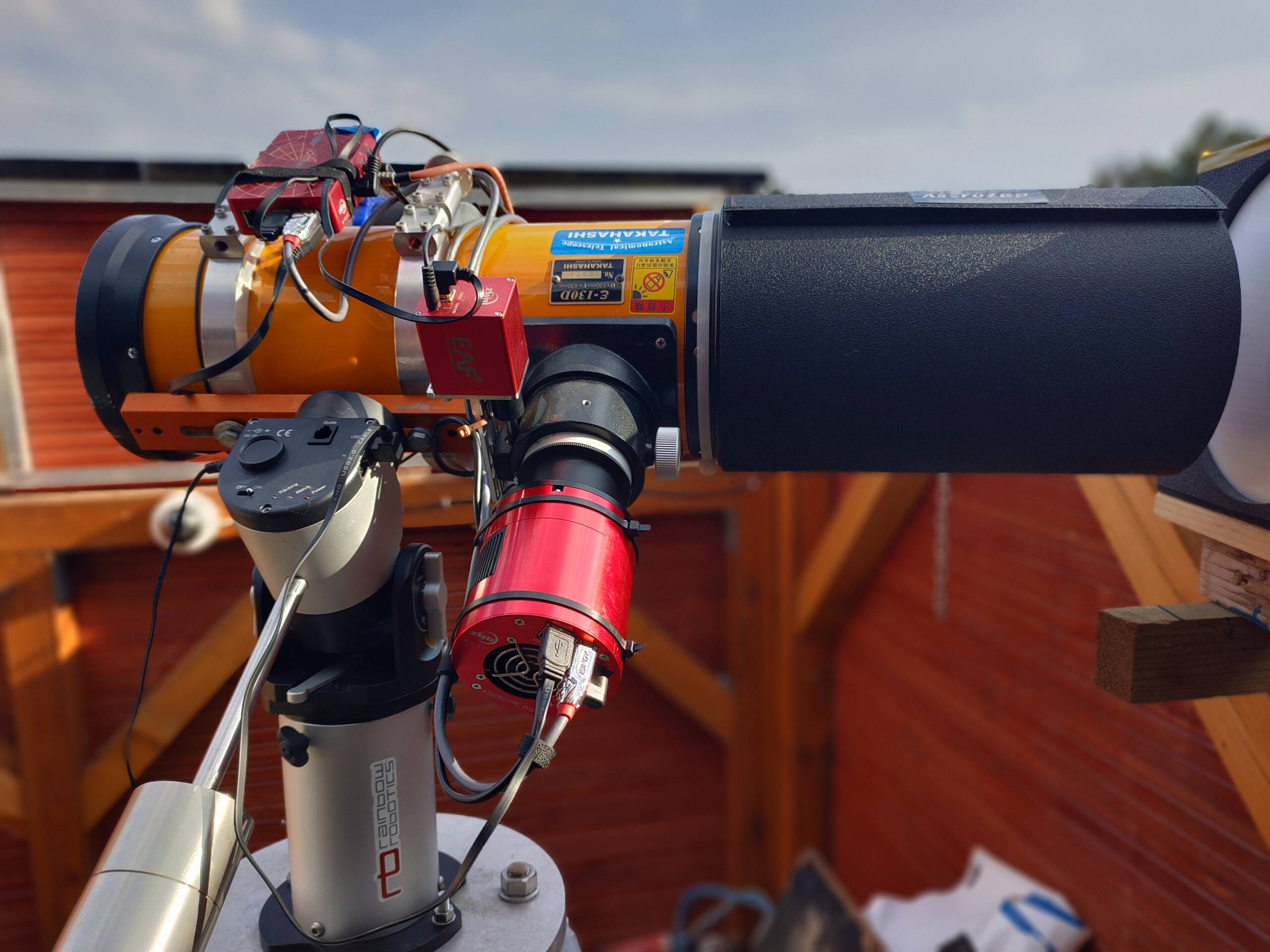
I have no secrets, although describing the workflow is not easy. When I realized how much signal faint I was able to extract and present in a photo, I decided to switch from software dedicated mainly to computer graphics and use one created with astrophotography in mind. I am still learning it and I am a beginner.
First of all, I very carefully select the calibrated images that I will use for the stack. I rely on the FWHM statistic, but I also look at the whole frame as well as sections at a certain magnification and evaluate. I reject any photo that has clouds or a gradient. I use any frame that shows satellites or very bright aircraft lights. Input material of the best possible quality in my opinion is very important.
The next steps are:
-cropping to remove any remaining artifacts at the edges
-removal of the gradient
-photometric calibration and recording of astrometric data
-cutting off the left side of the histogram where there is no data to use
-de-noise the photo, if necessary
I perform all the above steps on a linear image.
Everything else is the use of the “generalized hyperbolic stretch” tool. And this is where you can spend hours. There are no standard parameters, each photo requires an individual approach. And very many attempts. Some parameters are extremely sensitive and make very big changes in the photo. Sometimes I stretch the image in only one step, sometimes in 3-4. This is a much more difficult tool to use compared to the “classic” histogram, but it allows much more control both in the presentation of weak structures and color.
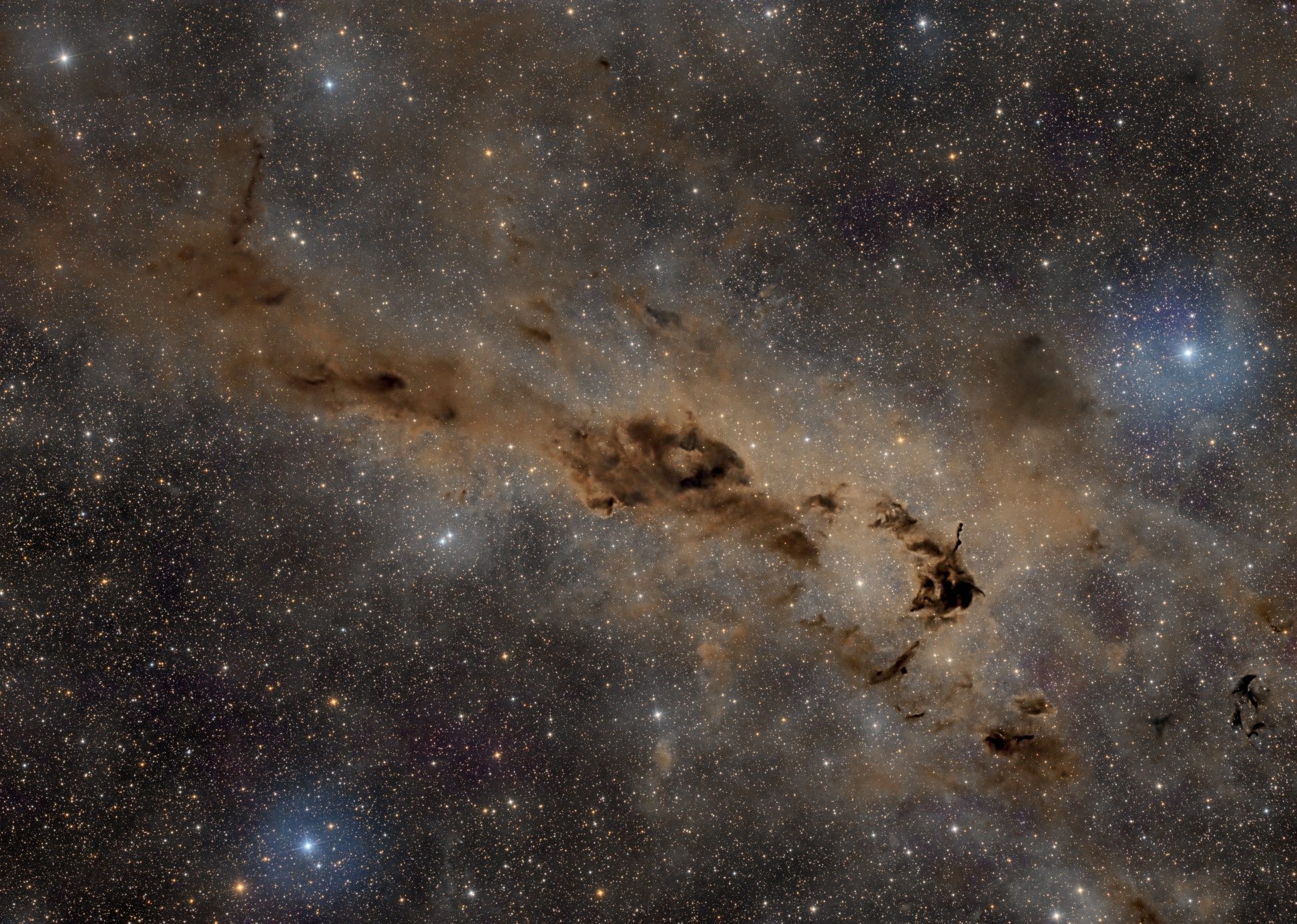
I rather choose deep sky, because of the variety of objects. Although photographing solar system objects is also a great experience, if I had to choose just one thing, it would be in the deep sky.
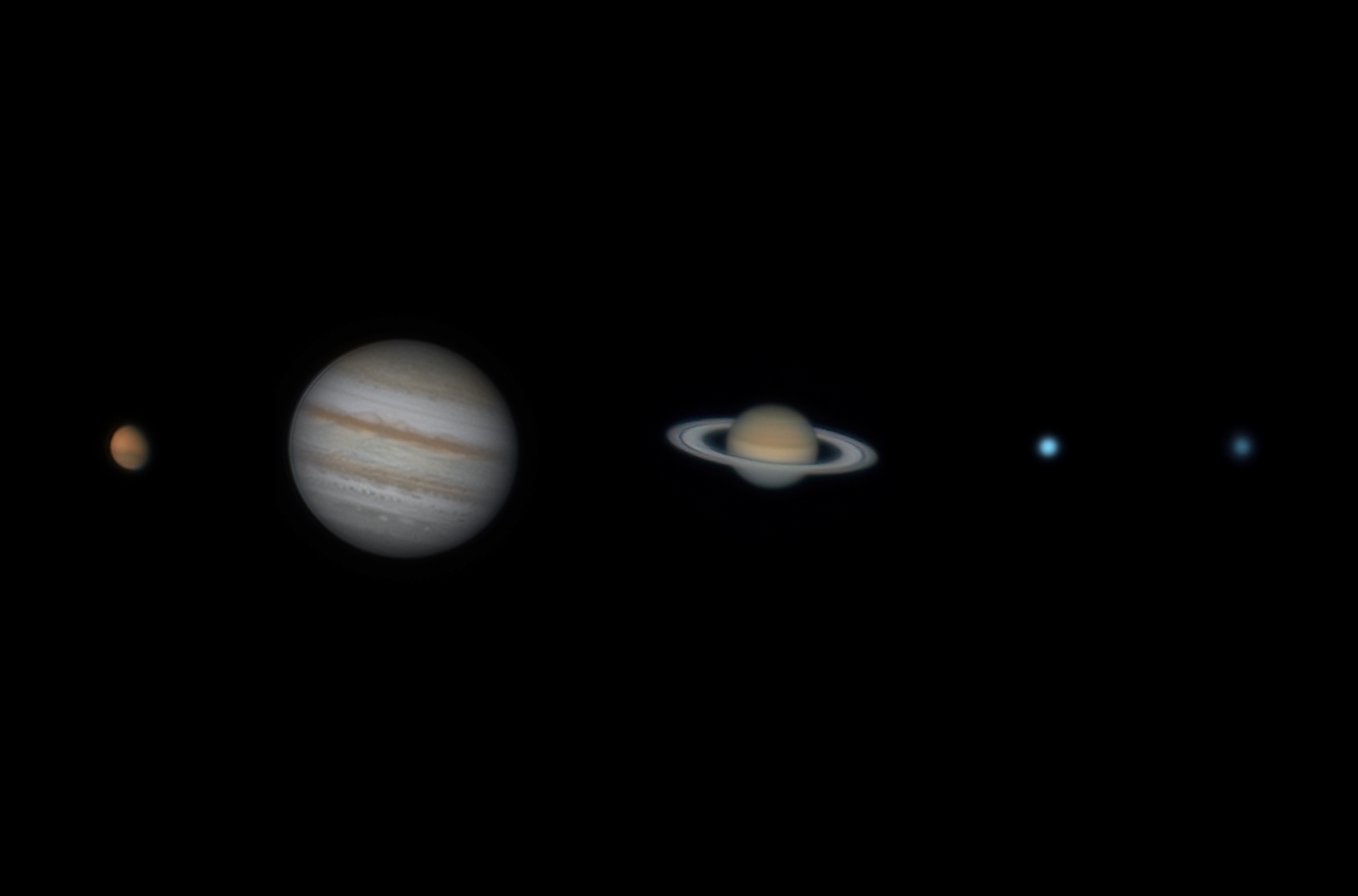
When the sky is clear, the transparency is usually good or very good. Unfortunately, there are few completely clear nights, and often there is cirrus in the sky. In addition, roughly from mid-May to mid-August we do not have an astronomical night. But for that there are beautiful silver clouds, which can reach all the way to the zenith. The sky mag is about 21,4.
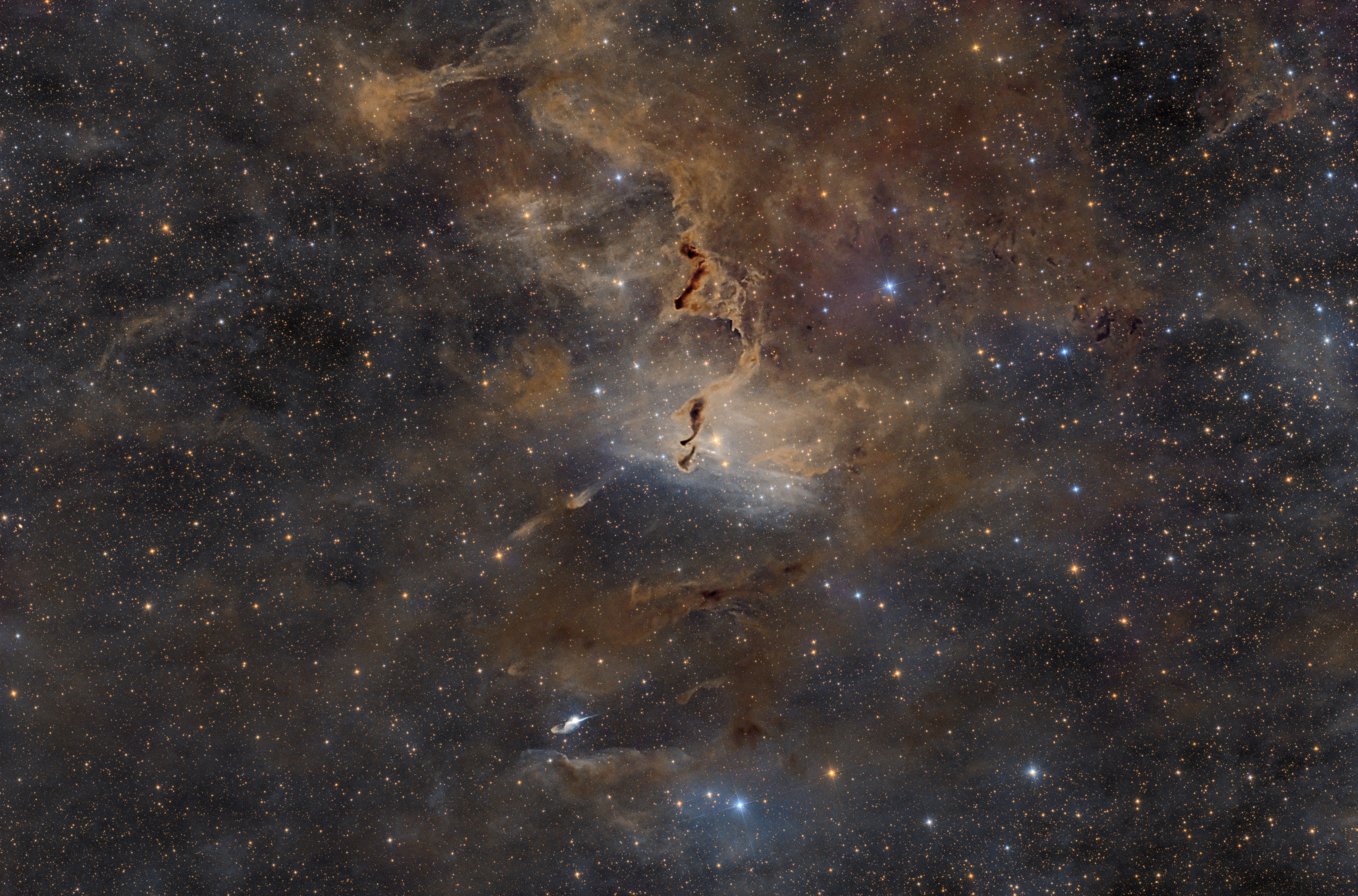
I remember my first attempt at deep sky (M31). It was in the Czech Republic, in the town of Kyjov. I set up the setup on the balcony of the house where I lived. It was an APSC camera and a 150-600mm telephoto lens. The mount was the simplest and not adapted to such a focal length.
Below is a photo, you can see something there 🙂
I sent the photo to several people who were delighted with the result, as was I. Today I am happy with this photo, it was my beginning and somehow I had to start in order to improve my skills.

I currently have 2 cameras, although I had many, especially during the period when I had a Lunt telescope. They were mono cameras as well as OSC cameras. My first camera was an ASI178 mono. I chose it because of its small pixel size to achieve the right scale with a 150-600 telephoto lens, photographing the Moon.
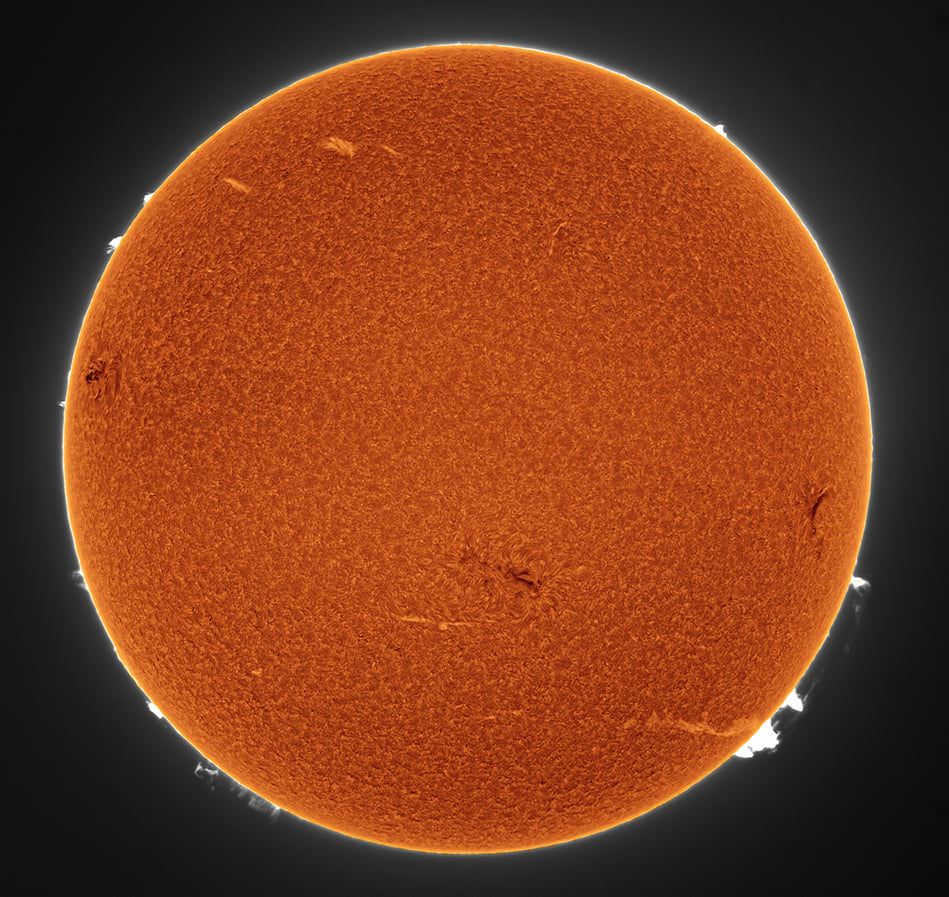
I have little free time, but I devote part of it to hobbies. Many times I went to the field to collect some photons. However, it was still too close to the large metropolitan area where I live. Building a remote observatory solved a lot of problems and that was the goal.

ASI2400MC Pro, Takahashi e130D, Rainbowastro RST-135, Antlia ALP-T 5nm highspeed, ZWO EFW. 28 hrs RGB + 21 Hrs. HaOIII.
I believe this was the first view of the darkest sky I could imagine. It was on La Palma, in Roque de los Muchachos. My friend and I arrived before sunset. We prepared the setups, launched the session and went to sleep in the car. Around midnight, my colleague woke me up to see the milky way. My eyesight was perfectly adopted, as I was still asleep a while earlier. When I looked up, I didn’t know what to say. I was in awe of the view and the amazing contrast and amount of light I was able to see. There were far too many stars, and I couldn’t recognize any constellation.
Astrophotography has certainly taught me considerable patience and analytical thinking and planning. I have learned to solve many problems, because, as you know, such an extensive combination of mechanical and electronic components, there are a lot of hot spots that can manifest themselves in a malfunction or serious failure and cost.
The whole path from selecting an object to showing the final photograph is a great joy.
Through astrophotography, I have met many wonderful people with whom to share passion, joy and knowledge.
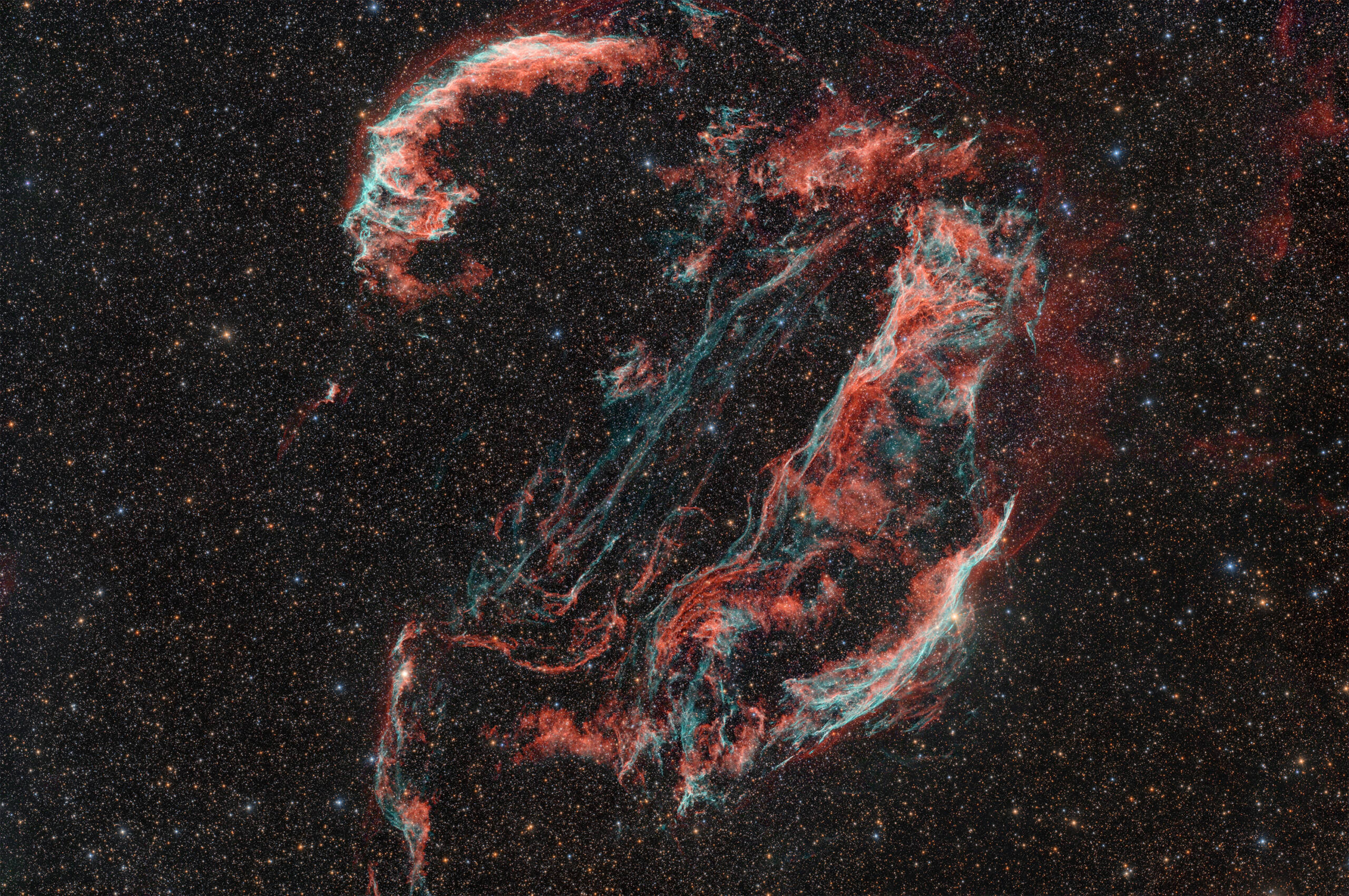

Recently, a major discovery by an international team of amateur astronomers and scientists has become a huge online hit, and this new discovery is just located in one of the
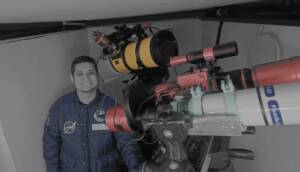
I was born in Guadalajara, I’m 38 years old, a musician, communications and electronics engineer, and president of the Guadalajara Astronomical Society A.C. since 2020. First Contact with Astronomy Since
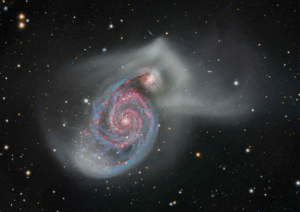
This stunning collaborative project comes from astrophotographers Alex Linde and Thomas Hansson, who joined forces across borders to photograph the Whirlpool Galaxy from Sweden, Poland, and Texas, USA. Thomas traveled across
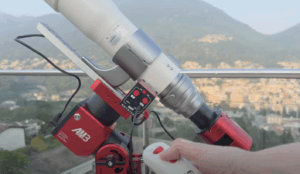
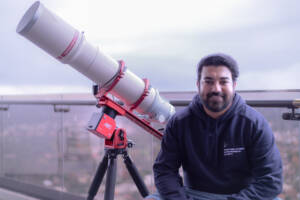
“Two thoughts immediately crossed my mind—the vastness of the cosmos, and that I could also create images like the ones that inspired me.” ” If you spend more time debugging than
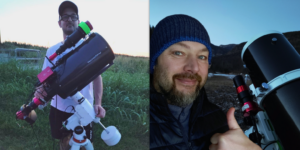
Starting the Journey For Giovanni Pasquetto, the passion for the cosmos began in 2007 when he bought his first telescope—a small Newtonian—for his son. That initial curiosity sparked a love